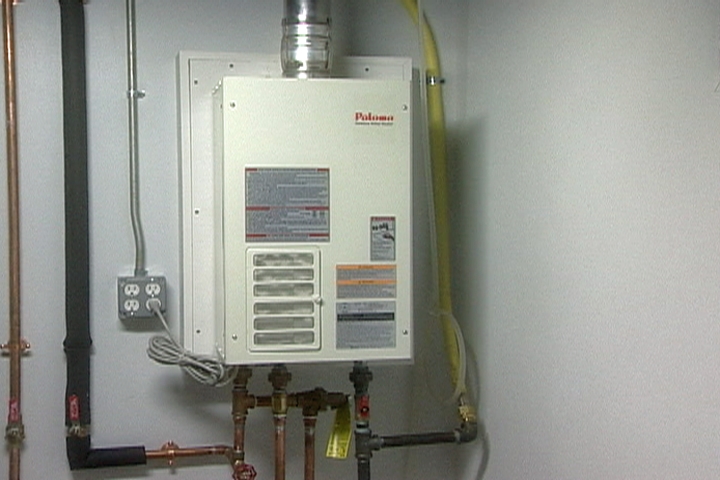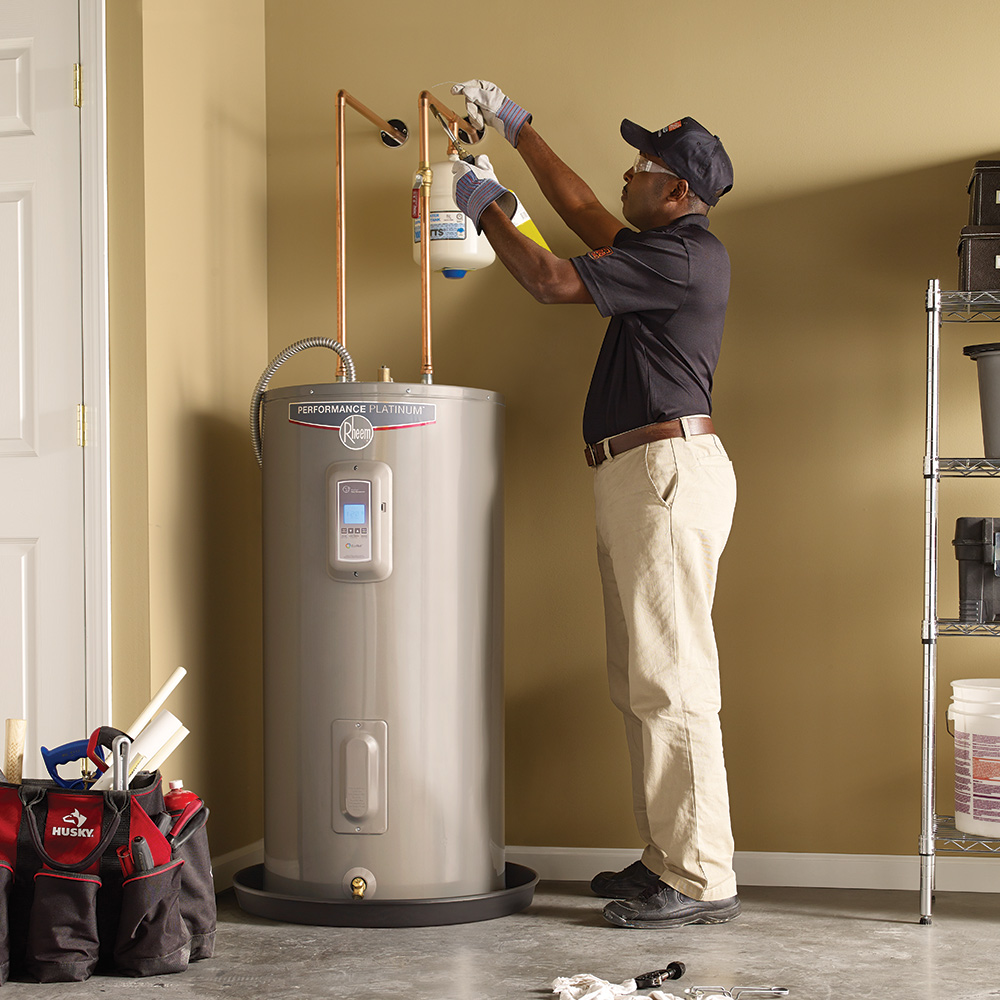Key Advice on Caring for Your Home's Hot Water System
Key Advice on Caring for Your Home's Hot Water System
Blog Article
Do you find yourself on the lookout for info involving Tips on Maintaining a Water Heater?

Warm water is crucial for everyday comfort, whether it's for a revitalizing shower or cleaning dishes. To guarantee your hot water system runs efficiently and lasts much longer, routine maintenance is crucial. This short article gives functional suggestions and understandings on exactly how to maintain your home's warm water system to avoid disturbances and expensive repair work.
Intro
Keeping your home's hot water system could seem daunting, however with a few basic steps, you can guarantee it operates efficiently for years ahead. This guide covers every little thing from understanding your warm water system to do it yourself maintenance tips and understanding when to call in expert aid.
Value of Preserving Your Warm Water System
Routine upkeep not only expands the life-span of your hot water system yet also guarantees it runs effectively. Disregarding maintenance can cause decreased effectiveness, greater energy costs, and even premature failing of the system.
Signs Your Warm Water System Demands Maintenance
Recognizing when your hot water system needs focus can prevent significant concerns. Look out for indications such as irregular water temperature, odd sounds from the heating system, or corroded water.
Understanding Your Hot Water System
Before diving right into upkeep jobs, it's useful to comprehend the standard components of your hot water system. Generally, this consists of the hot water heater itself, pipelines, anode poles, and temperature level controls.
Monthly Maintenance Tasks
Regular regular monthly checks can assist capture minor problems prior to they rise.
Purging the Hot Water Heater
Purging your hot water heater removes debris build-up, improving efficiency and prolonging its life.
Checking and Replacing Anode Rods
Anode rods avoid corrosion inside the storage tank. Checking and replacing them when worn is vital.
Checking and Readjusting Temperature Level Settings
Changing the temperature settings guarantees ideal performance and safety.
DIY Tips for Maintenance
You can perform a number of upkeep tasks on your own to maintain your warm water system in top problem.
Checking for Leakages
Frequently evaluate pipes and connections for leaks, as these can result in water damage and higher expenses.
Testing Stress Relief Valves
Checking the stress safety valve guarantees it operates appropriately and protects against too much stress accumulation.
Protecting Pipes
Insulating hot water pipelines reduces heat loss and can save energy.
When to Call a Professional
While DIY maintenance is advantageous, some problems require professional competence.
Complicated Issues Requiring Specialist Assistance
Examples consist of significant leakages, electrical issues, or if your hot water heater is consistently underperforming.
Routine Expert Upkeep Perks
Specialist maintenance can consist of complete evaluations, tune-ups, and ensuring conformity with security criteria.
Final thought
Regular maintenance of your home's hot water system is crucial for effectiveness, longevity, and expense savings. By complying with these tips and understanding when to seek expert help, you can make sure a dependable supply of warm water without unforeseen disturbances.
Water Heater Maintenance: The Basics
Maintaining your water heater will ensure it operates efficiently and has a longer lifespan. Neglecting regular maintenance can lead to costly repairs and an even bigger chunk of your savings if you have to replace it sooner than necessary. But there’s good news: Most water heater maintenance tasks are relatively simple and easy for homeowners with basic DIY skills.
Flush the Water Heater
Over time, sediment and minerals can build up in the tank, reducing its efficiency and potentially causing damage. To flush the tank, turn off the power or gas supply, attach a hose to the drain valve near the bottom and open the valve to drain the water until it runs clear. Ideally, flush the tank annually.
Replace the Anode Rod
The anode rod is a sacrificial metal rod that helps prevent corrosion inside the tank. Inspect and replace it every three to five years or per the manufacturer's recommendation. To replace the anode rod, turn off the power or gas supply, drain a few gallons of water from the tank, unscrew the old rod and replace it with a new one. If the anode rod is significantly corroded or covered in calcium buildup, it's a sign the water heater may need to be replaced soon.
Tune-Up
A yearly tune-up can help identify potential issues and ensure your water heater operates at peak efficiency. This typically involves checking the thermostat, burner assembly (for gas heaters) and any other components specified by the manufacturer. During a tune-up, the technician may also clean the burner and adjust the pilot light (for gas heaters) or examine the heating elements (for electric heaters).
How to Maintain Your Water Heater
Insulate the tank. Insulating the tank can improve energy efficiency and reduce heat loss, saving you money on energy bills. You can purchase precut insulation blankets designed specifically for water heaters or use standard fiberglass insulation wrapped securely around the tank. Check the temperature. The recommended water temperature for most households is around 120 degrees Fahrenheit (49 degrees Celsius). Higher temperatures can increase energy costs and potentially cause scalding. Use a kitchen thermometer to check the temperature at the faucet nearest the water heater. Monitor water pressure. Excessive water pressure can strain the water heater and cause leaks or even tank failure. Install a pressure-reducing valve if necessary. The ideal water pressure range is between 60 and 70 PSI (pounds per square inch). Test the temperature and pressure (T&P) relief valve. The T&P relief valve is a safety feature that releases pressure if the tank gets too hot or the pressure builds up too high. Test it annually by lifting the lever and allowing a small amount of water to release. Replace the valve if it doesn't release water or reseal properly. Check for leaks. Regularly inspect the tank, pipes and fittings for leaks or corrosion. Deal with issues promptly to prevent further damage. Even a small leak can lead to significant water damage over time. Consider a tankless water heater. If your traditional tank-style water heater is nearing the end of its lifespan ( typically 10 years), consider replacing it with a tankless water heater. These units heat water on demand, reducing standby energy losses and potentially saving you money on your energy bills. Schedule professional maintenance. While homeowners can perform many water heater maintenance tasks, it's still a good idea to schedule professional maintenance every few years. A plumber or HVAC technician can thoroughly inspect the unit, identify potential issues and ensure it operates safely and efficiently. https://www.homeserve.com/en-us/blog/home-improvement/hot-water-heater-maintanence/

Do you like reading about How to Maintain a Hot Water Heater in a Few Simple Steps? Try leaving a remark down below. We'd be glad to see your views about this blog entry. In hopes that you visit us again in the future. Those who appreciated our page please don't forget to pass it around. We take joy in reading our article about How to Maintain a Hot Water Heater in a Few Simple Steps.
About This Report this page